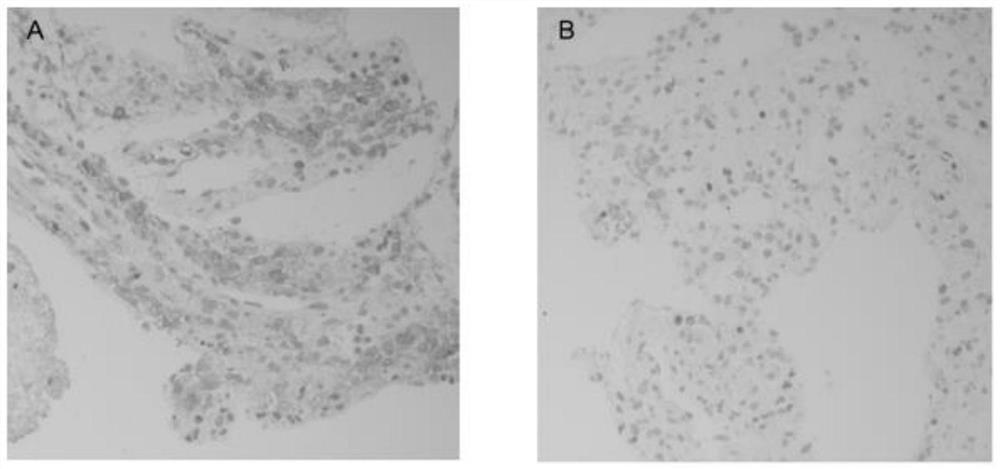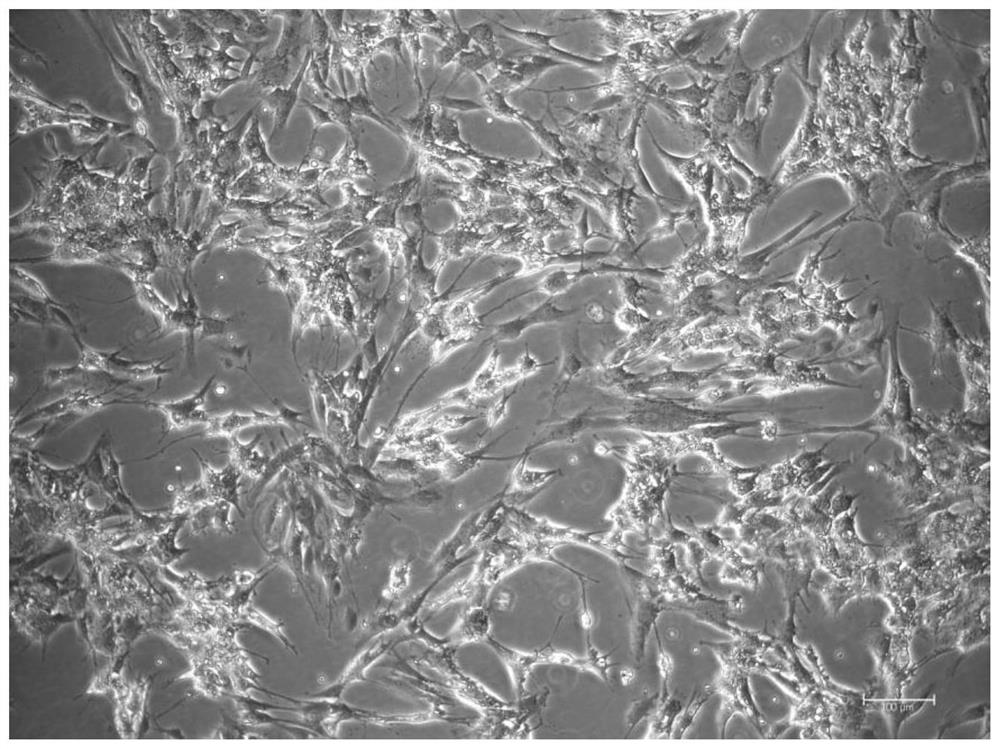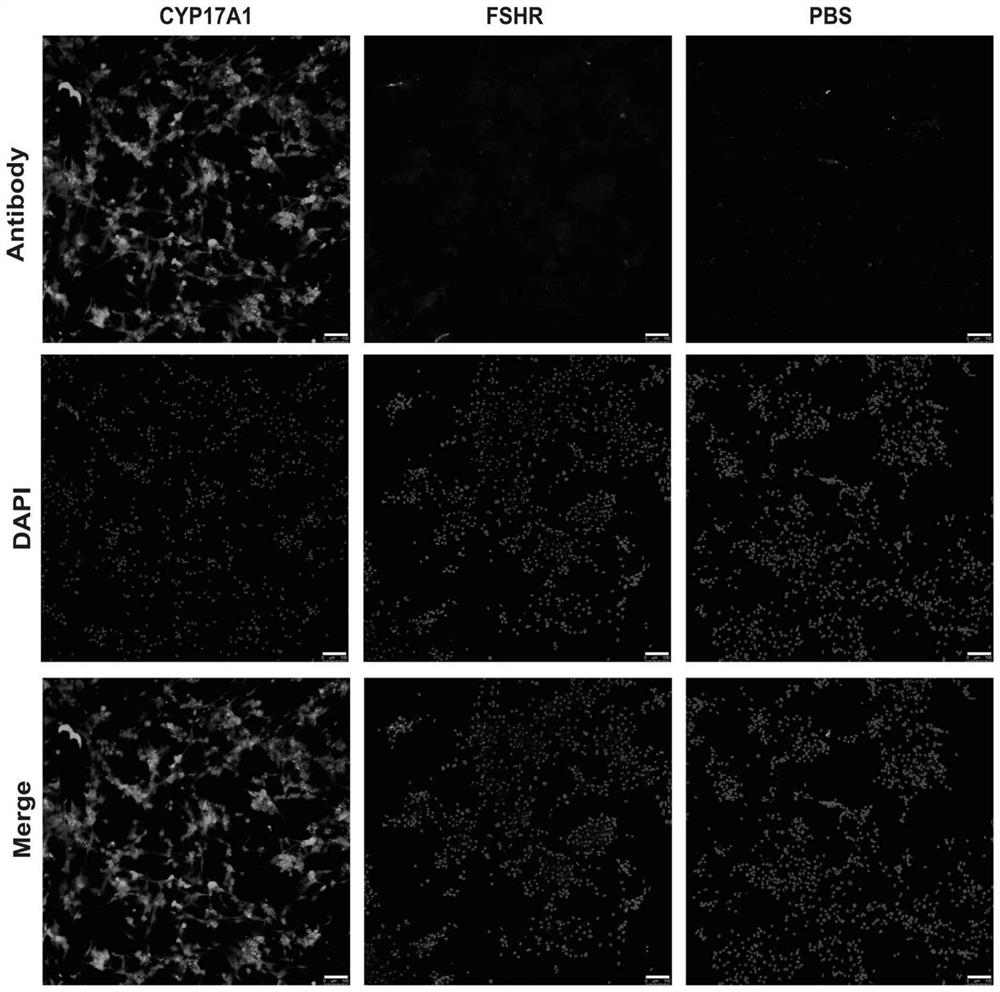Method for separating and purifying follicular cells
A technology for separation and purification of theca, which can be used in cell dissociation methods, biochemical equipment and methods, animal cells, etc., and can solve the problems of slow progress in the research of human theca cells
- Summary
- Abstract
- Description
- Claims
- Application Information
AI Technical Summary
Problems solved by technology
Method used
Image
Examples
Embodiment 1
[0032] (1) Separation of ovarian tissue, preliminary filtration to remove granulosa cells
[0033] The discarded follicular fluid was collected in a sterile container on the day of egg retrieval, and allowed to stand for more than 30 minutes.
[0034] The sediment at the bottom of the follicular fluid was sucked, placed in a 50 mL sterile centrifuge tube, centrifuged at 500 g for 5 min, the supernatant was discarded, an appropriate amount of PBS was added to the centrifuge tube, and a suspension was formed by pipetting.
[0035] Place the sterilized 100μm cell sieve in a 6cm petri dish, pipette the suspension into the cell sieve in stages, and finally suck the PBS solution to repeatedly wash the ovarian tissue in the cell sieve, in order to remove granulosa cells and granulosa cell clusters by preliminary filtration. piece.
[0036] (2) Isolation of ovarian cells
[0037] Use ophthalmic tweezers to transfer the ovarian tissue on the cell sieve to a 15 mL sterile centrifuge t...
PUM
 Login to View More
Login to View More Abstract
Description
Claims
Application Information
 Login to View More
Login to View More - R&D Engineer
- R&D Manager
- IP Professional
- Industry Leading Data Capabilities
- Powerful AI technology
- Patent DNA Extraction
Browse by: Latest US Patents, China's latest patents, Technical Efficacy Thesaurus, Application Domain, Technology Topic, Popular Technical Reports.
© 2024 PatSnap. All rights reserved.Legal|Privacy policy|Modern Slavery Act Transparency Statement|Sitemap|About US| Contact US: help@patsnap.com










